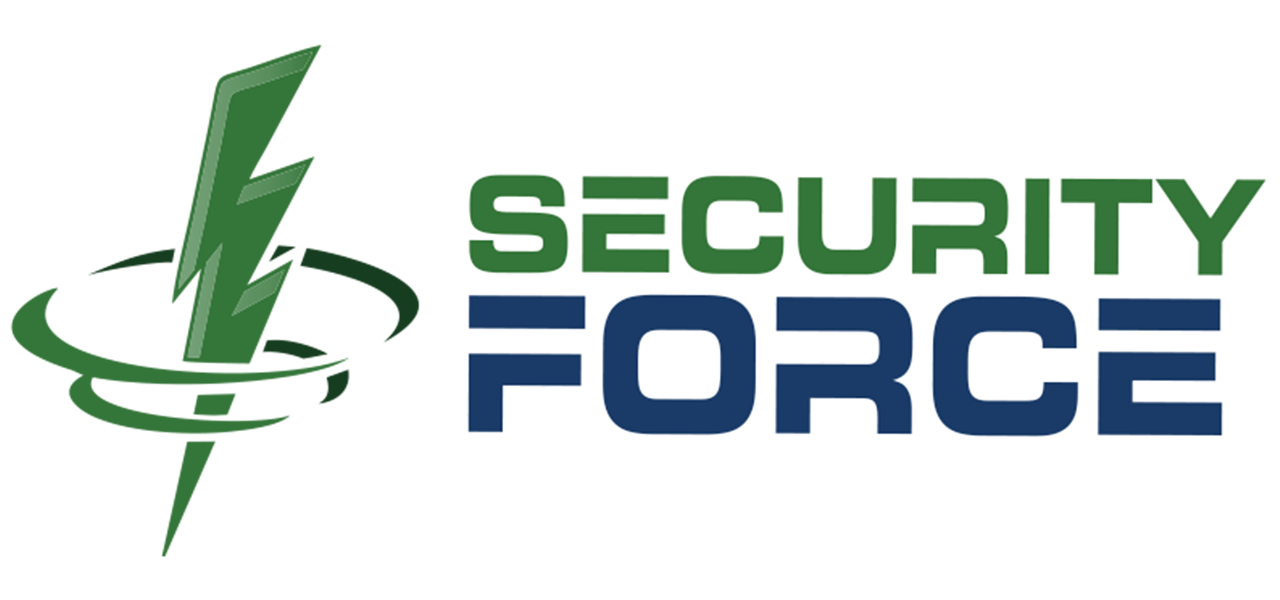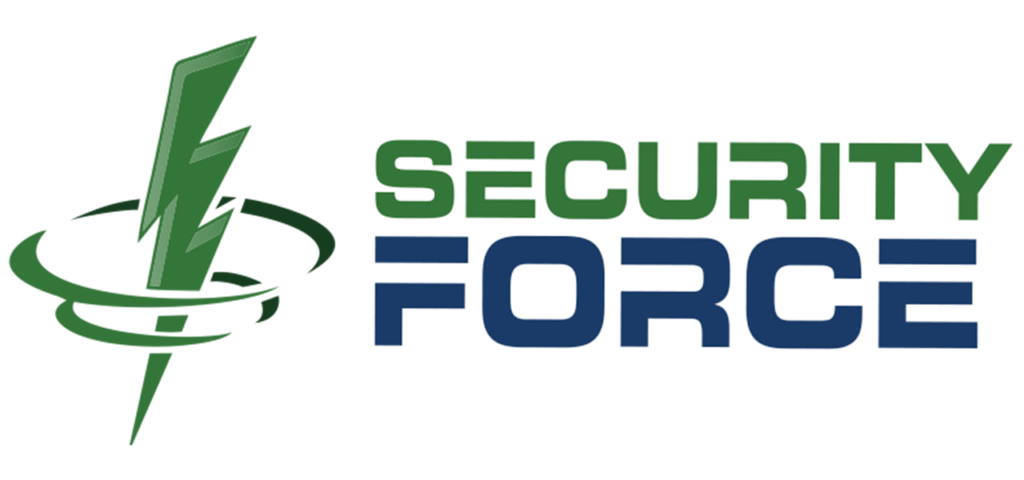When it comes to security, the rooftop is often overlooked. Many assume it’s an inaccessible or low-risk area. However, rooftops are increasingly becoming vulnerable points in a property’s protection plan. From unauthorized access to drones, securing your roof is a critical part of a comprehensive defense strategy.
Why It Matters
The rooftop isn’t just a remote spot—it can be an entry point that criminals and unauthorized individuals exploit. Here’s why it deserves more attention:
- Unauthorized Access: People can and do climb onto buildings. Whether it’s intruders seeking hidden entry, vandals, or trespassers looking for a shortcut, upper-level access points are often less monitored.
- Drones and Airspace Intrusions: Drones are becoming more common, serving legitimate purposes like inspections but also posing privacy and security risks. Without proper safeguards, unauthorized drone activity may go unnoticed.
- Emergency Situations: First responders may require rooftop access during emergencies. It’s essential to balance safety and control by ensuring these areas remain accessible to the right people—while keeping others out.
Common Risks
- Unsecured Ladders and Hatches: Fixed ladders, fire escapes, or scaffolding can become easy access routes if left unprotected.
- Blind Spots: Many rooftops lack camera or sensor coverage, creating areas intruders can exploit without detection.
- Poor Lighting: Inadequate illumination invites unauthorized visitors and limits surveillance effectiveness.
How to Strengthen Rooftop Safety
You don’t need a full renovation to reduce risk. Small, targeted improvements can make a big impact:
- Control Access: Lock ladders, hatches, and fire escapes using durable hardware or alarmed systems.
- Expand Surveillance: Extend camera coverage to include rooftop areas. Motion detectors or thermal cameras help detect activity even in low-light conditions.
- Improve Lighting: Motion-activated lights help discourage unauthorized presence and support better video clarity.
- Install Barriers: Anti-climb paint, fencing, or physical obstacles can prevent easy scaling of walls or structures.
- Address Drone Threats: If drone activity is a concern, consider implementing detection tools or clear policies to handle unauthorized aerial access.
A Key Piece of a Layered Security Approach
A secure rooftop complements your broader security infrastructure. Cameras, alarms, and access control systems work best when all potential entry points are accounted for—including those above eye level.
Neglecting the top of your building can create weak links in an otherwise strong chain. By addressing these vulnerabilities, you reinforce the entire system.
Final Thoughts
While often dismissed, protecting rooftop areas is essential in today’s security landscape. Proactively addressing these risks strengthens your overall safety posture and helps reduce liability.
Investing in rooftop protection means ensuring no angle is left uncovered—because security should extend from the ground floor to the highest point of your property.

